In many Indian rituals, a basic rangoli pattern with dots is significant, depending on the location. In front of their homes, people create rangoli to welcome the goddess Lakshmi as well as luck and prosperity. This is a regular occurrence during festivals, particularly Diwali in North India and Pongal in South India. All 29 states in India, however, have their own unique rangoli designs that are created on the ground using rice, lime powder, and vivid colors. These are basic dot patterns. Rangoli can be made simple or complex by joining these dots. You can get an idea of these elegant yet basic designs as this piece is entirely centered around the rangoli motif with dots like petal blossom rangoli.
What role does Petal Blossom Rangoli play?
In Hinduism today, every custom and gesture has a deeper significance. Making a lovely rangoli design to greet guests and the goddess herself at the front of the house. The Goddess Lakshmi is represented with a lotus motif on a rangoli. Rangolis are used for more than just decorating the house; they are also supposed to ward off evil. Hindus use rangoli art in a variety of rites and practices, and they are aware of its significance. This elaborate décor is positioned in front of the house, among other reasons since it is believed to fend off any bad vibes or energy before entering a home.

Rangolis are also thought to be ceremonial decorations that call upon the gods and good spirits to bless the family with good fortune. There are scientific and spiritual connotations associated with each of the various varieties of rangoli.
Specialty of Making Rangoli
Many women create rangolis for their front door in the morning. The rangoli that is produced is easy to use on a regular basis. They only occasionally produce elaborate, exquisite designs that require a great deal of time. Typically, one begins by creating a square of dots for the rangoli. This can also be a 3 by 3 square.
You are welcome to attempt this amazing three-dot rangoli pattern. The pattern has a lovely floral foundation with dots and curves. It is necessary to begin at the first dot and work your way down to the final dot. In doing so, a constant stream is produced, giving rise to the impression of flowers. To give the impression that certain of the square’s dots are larger, additional powder is added to them. You may create many different rangoli designs with ease by following the instructions.
Experts as well as beginners may create beautiful rangoli patterns using a 3*3 square. For everyday use, the designs can be created with only white powder, or they can be created with multiple colors for extraordinary events. Try making floral or even geometric designs using the three-dot pattern.
Steps to Create Petal Blossom Rangoli
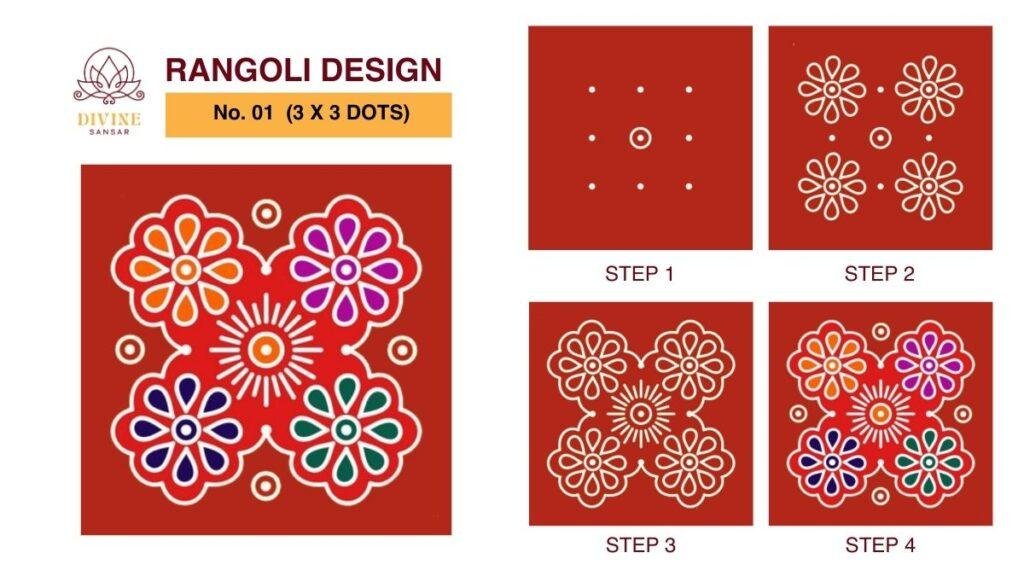
In Tamil Nadu and South India, dot rangoli, often called Kolam or Pulli Kolam, heightens spiritual feelings with its line shapes. It is believed that the lotus rangoli design and the puja shape before worship begin to call forth Chaitanya, or energy. To infuse positivity into your house, you can draw this rangoli every day:
Step 1: Make a design selection for your dot rangoli. Online, there are a ton of patterns and designs to choose from.

Step 2: Use white rangoli to draw the dots that will serve as the design’s foundation.
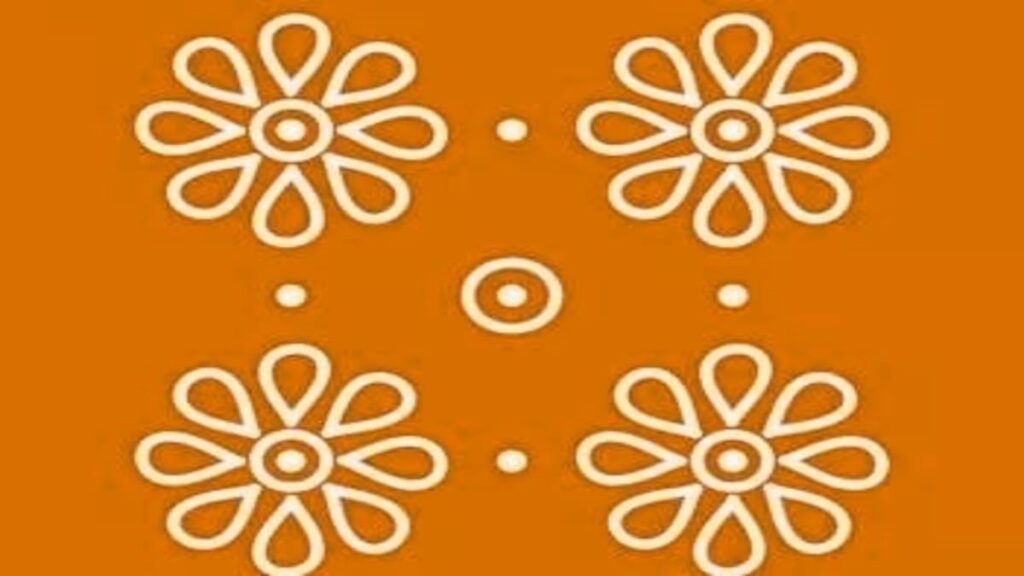
Step 3: Use lines or curves to join the dots to form the desired pattern. Keep in mind to keep your lines symmetrical and to adhere to the pattern.
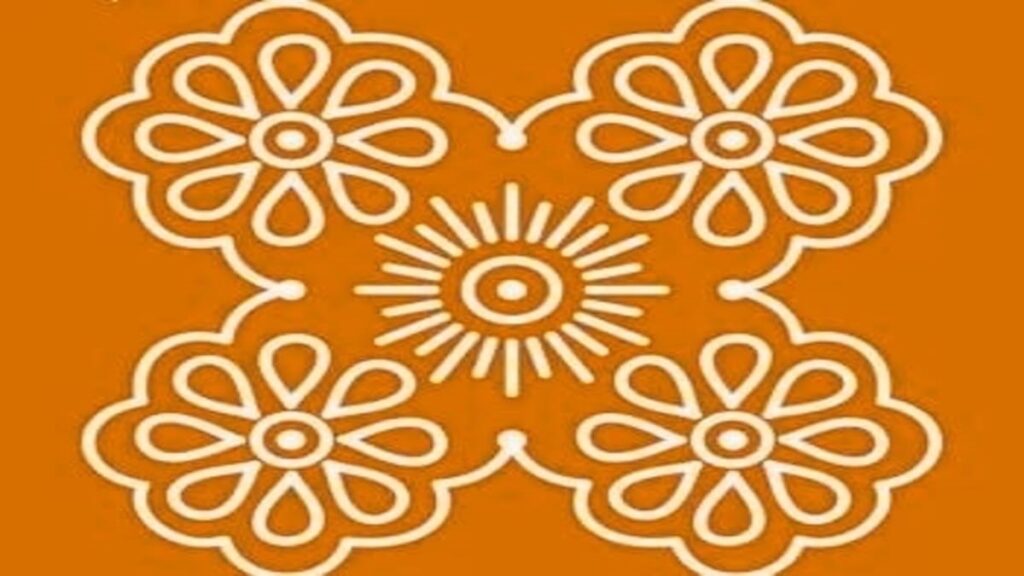
Step 4: Add color to the design to make it pop and work well together.
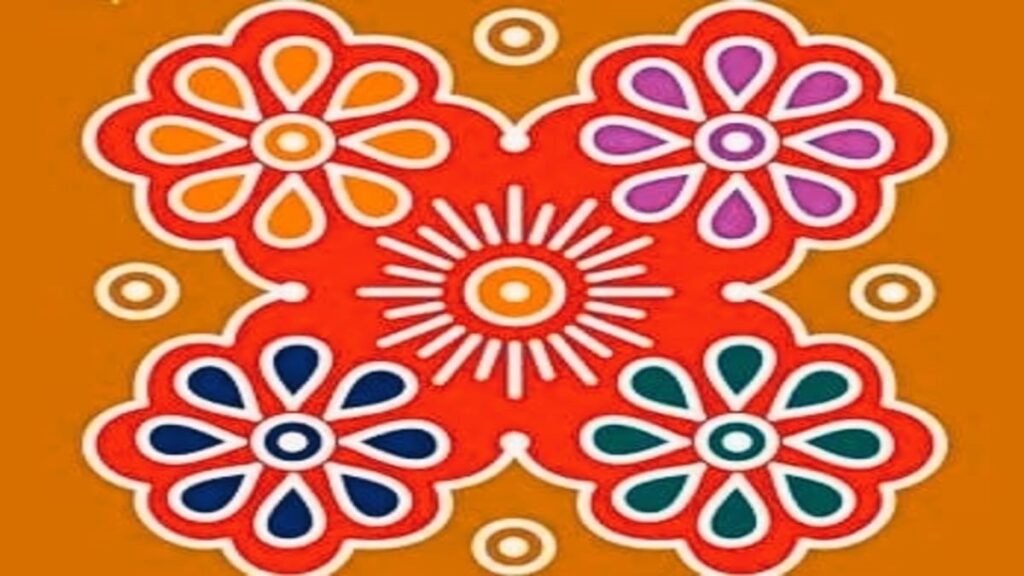
Step 5: To get an eye-catching appearance, add a last layer of white rangoli to the borders.
Who created rangoli?
Agastya Rishi, who was married to Lopamudra, recognized her as a highly skilled and knowledgeable woman. She also contributed two significant passages to the well-known holy book, the Rigveda. Her spouse took pleasure in leading a secluded life. Due to her desire to support her spouse in his deity devotion, Lopamudra began creating rangoli patterns. The Yagya Kunda Temple would look great with this decoration. Lopamudra asked the five elements—sky, wind, water, earth, and fire—to give her colors so that she could please her husband at Yagya Kunda, a place of worship. She was able to gather every hue from the fire, water, dirt, and sky.
What scientific basis exists for the creation of Rangoli?
Upon closer examination, the science underlying rangoli uncovers many amazing facts. Geometric patterns can benefit the world around them, as demonstrated by modern research. Research on the science of these patterns reveals that Hindus drew them in front of their homes to conceal a wealth of scientific information. The patterns shown in traditional rangoli artwork have a scientific explanation. Curved patterns connecting the dots symbolize the endless nature of the world. These patterns are like sound wave harmonics. The medical community has acknowledged the ability of sound waves to treat a wide range of illnesses, including mental illnesses and depression. Unlock the secrets of simple yet stunning rangoli designs! Follow our tutorials and bring vibrant art to your doorstep.
To sum up Petal Blossom Rangoli
The stunning art form of rangoli is native to India and involves the use of various materials to create lovely patterns on the floor or a tabletop. Another possibility is that the geometric patterns are potent religious symbolism. Hindu mythology mentions the formation of rangolis as well. Artists draw original Rangoli designs with bare fingertips and great care to fend off all evils, regarding the art as a lucky charm. They have the power to evoke sentiments of happiness and calm since they are frequently exquisite and distinctive.

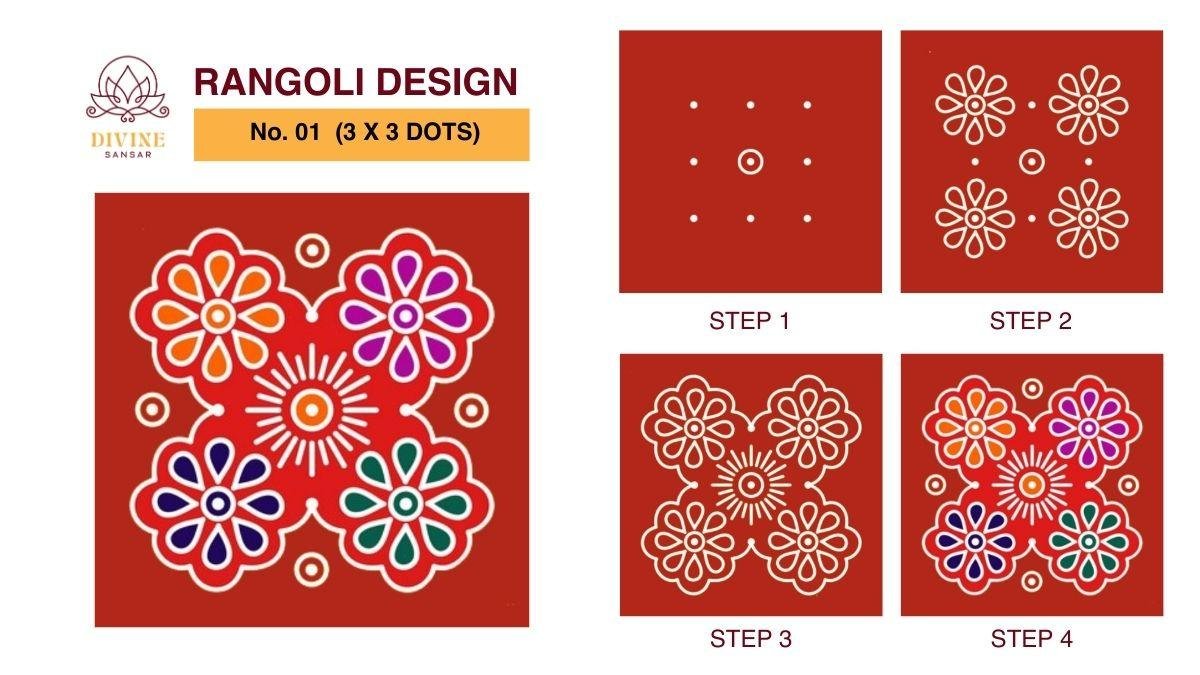



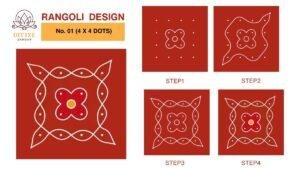
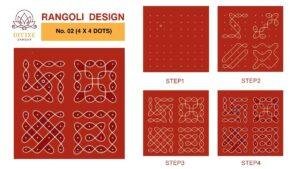
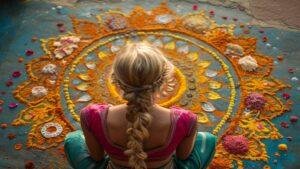





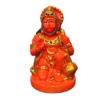
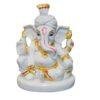

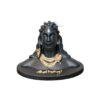

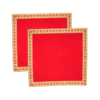
Add comment